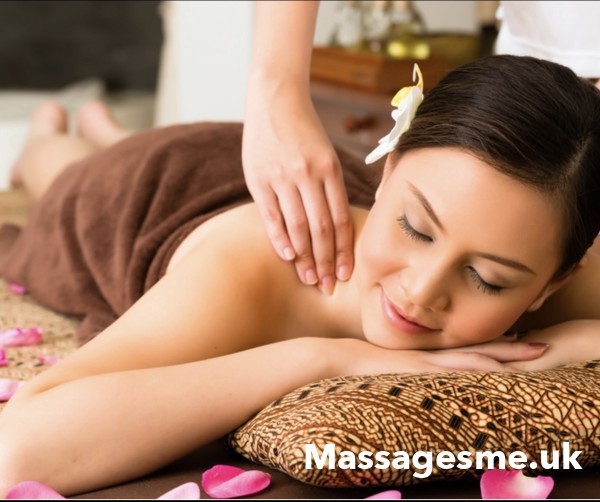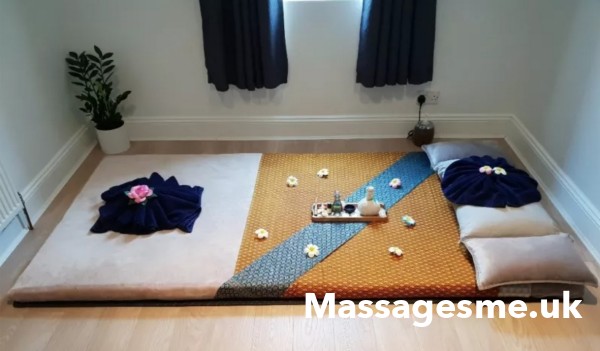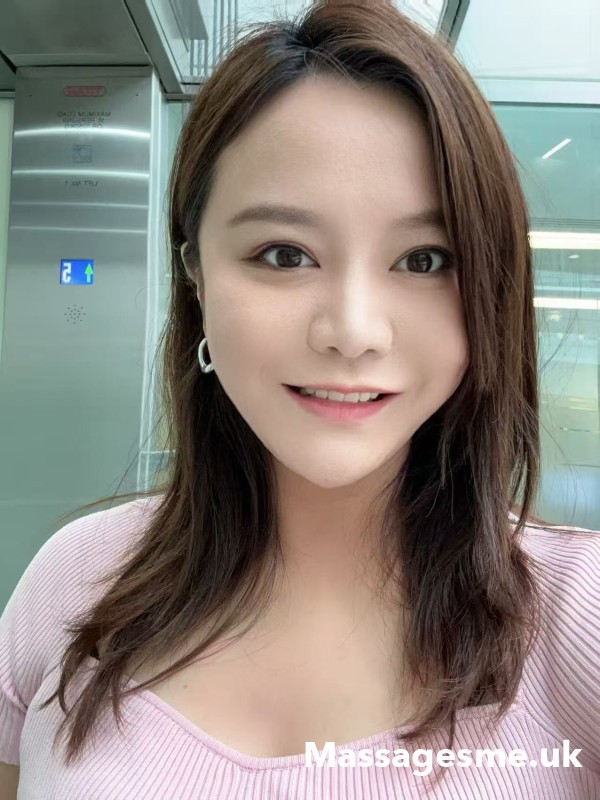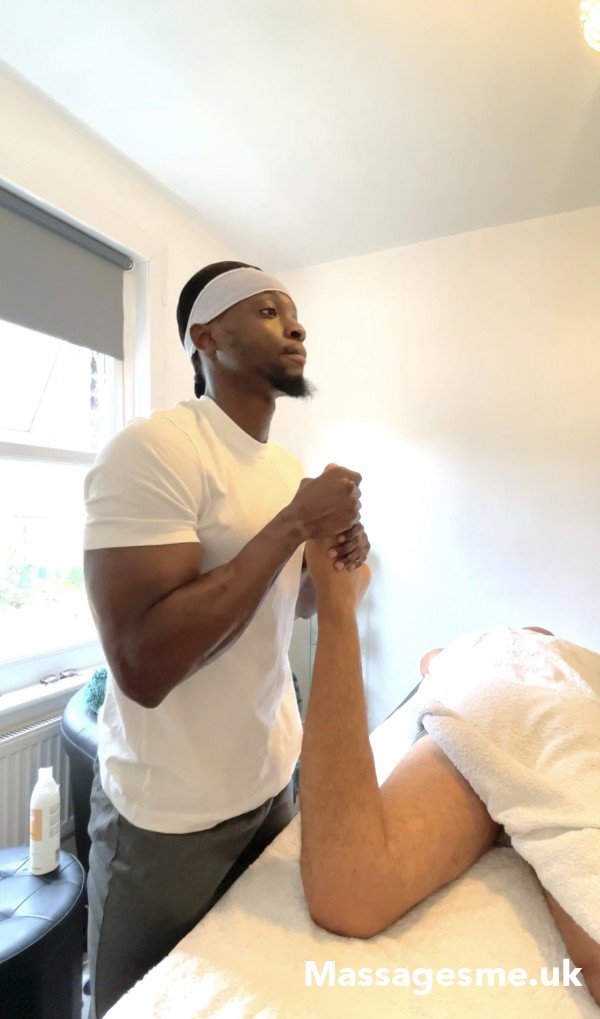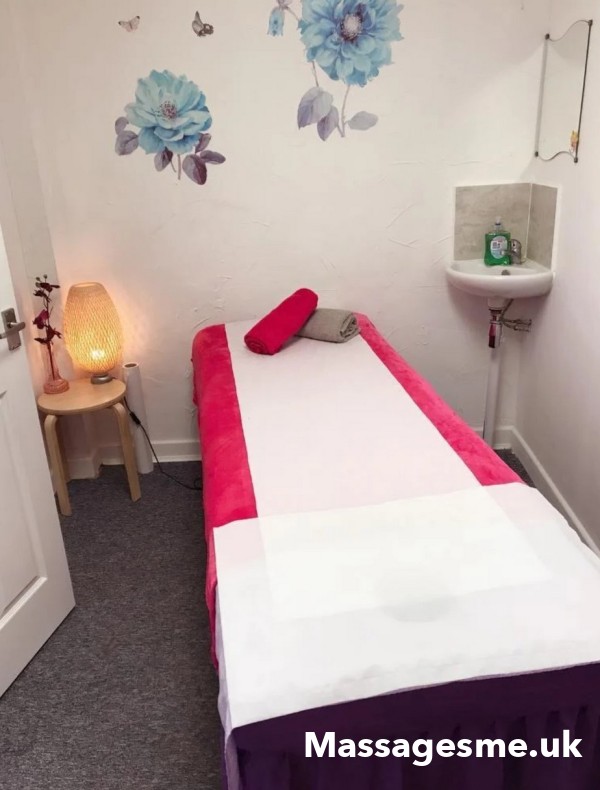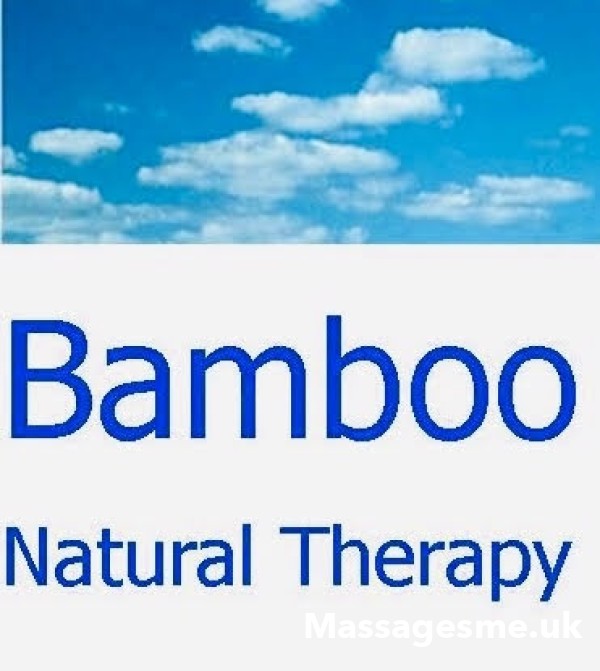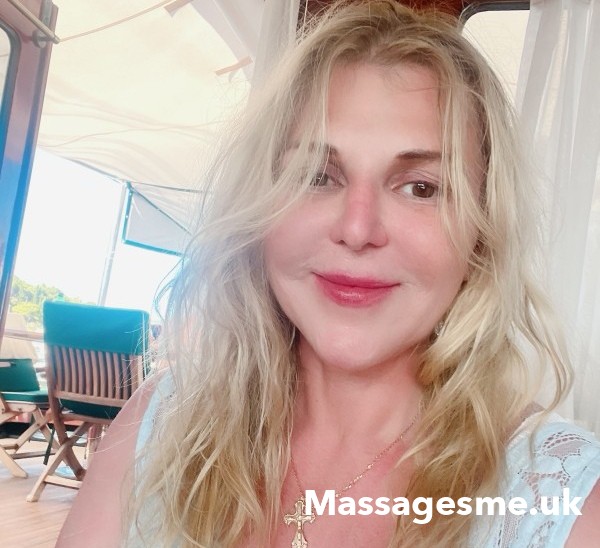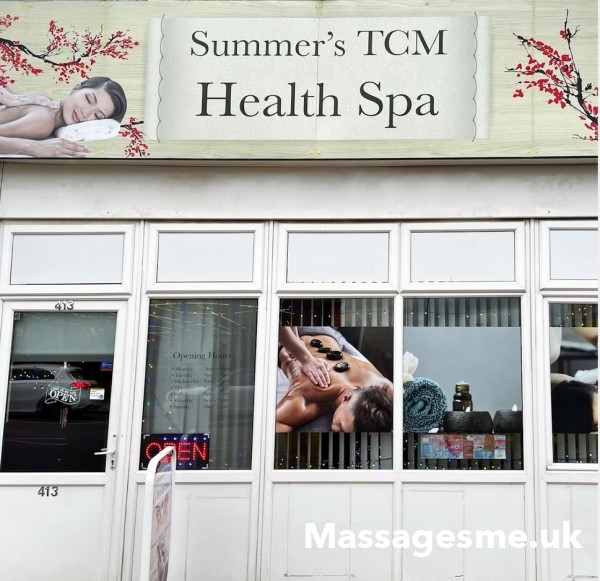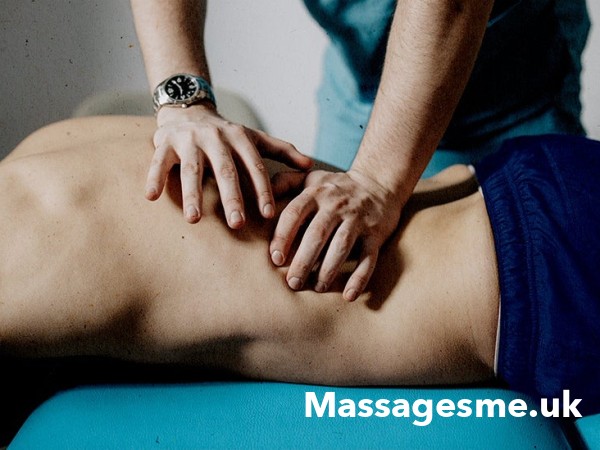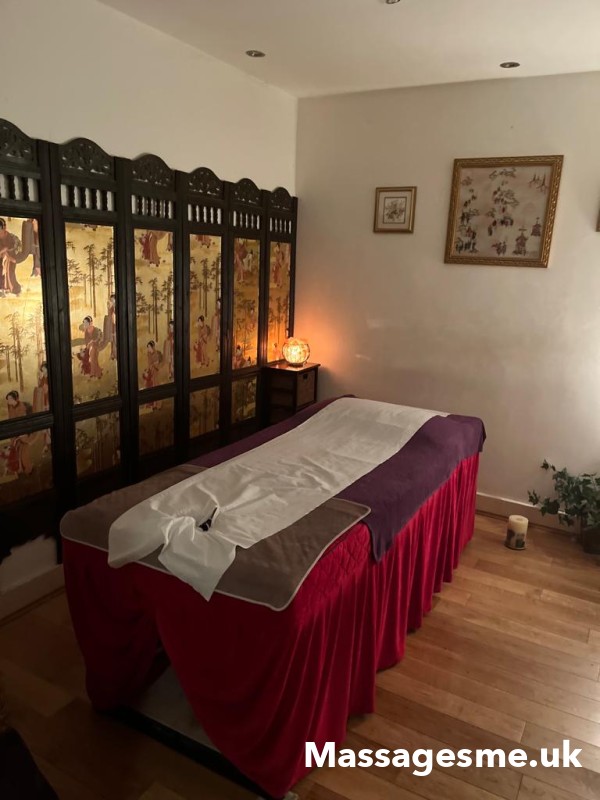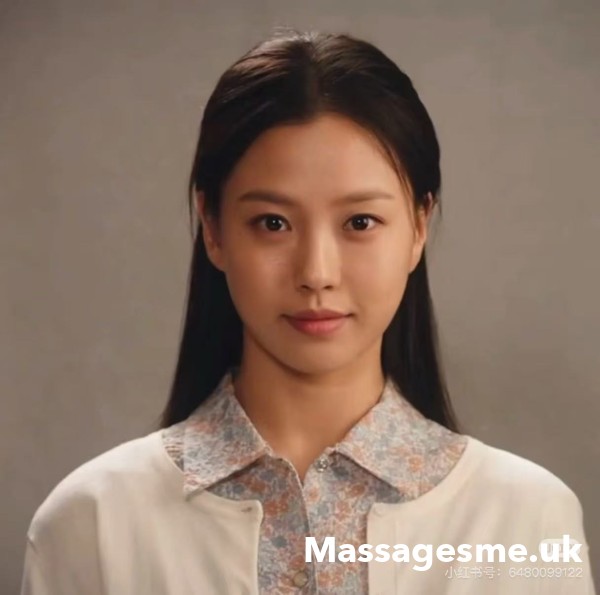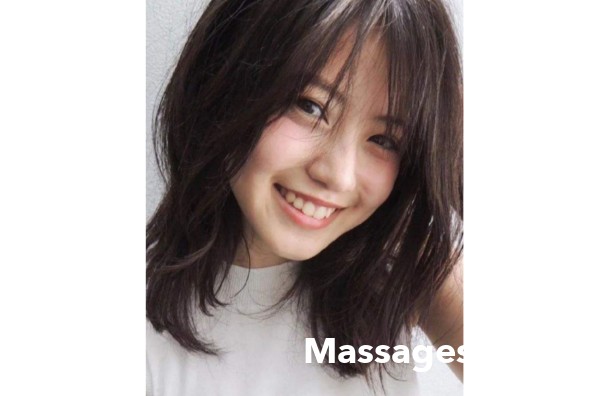Acupressure massage represents one of the most accessible and scientifically supported traditional Chinese therapeutic practices available in the UK today. This ancient healing art involves applying precisely targeted pressure to specific anatomical points along the body's meridian system to stimulate natural healing processes, restore energetic balance, and promote comprehensive wellness. Unlike acupuncture, acupressure requires no needles, making it an ideal non-invasive therapy for individuals seeking effective pain relief, stress management, and enhanced vitality through traditional Chinese medicine principles.
Understanding Traditional Chinese Medicine and Acupressure Foundations
Acupressure massage forms an integral component of Traditional Chinese Medicine (TCM), a comprehensive healthcare system that has evolved over millennia to address human health through natural, holistic approaches. This therapeutic modality operates on the fundamental TCM principle that health depends upon the balanced flow of vital energy, known as "qi" (pronounced "chee"), through specific pathways called meridians that traverse the human body.
Contemporary research has validated many acupressure applications, with peer-reviewed studies demonstrating measurable physiological responses including increased circulation, endorphin release, muscle relaxation, and nervous system regulation. This convergence of ancient wisdom and modern science has positioned acupressure as a respected complementary therapy within the UK's integrative healthcare landscape.
The Meridian System: Pathways to Health
The meridian system comprises twelve primary channels and eight extraordinary vessels that connect the body's organs, tissues, and physiological functions. Each meridian corresponds to specific organ systems and carries distinct therapeutic properties:
Primary Meridian Classifications:
- Lung Meridian (LU): Respiratory health, skin conditions, and emotional processing
- Large Intestine Meridian (LI): Digestive function, immune support, and pain relief
- Stomach Meridian (ST): Digestive wellness, energy production, and mental clarity
- Spleen Meridian (SP): Blood circulation, immune function, and emotional stability
- Heart Meridian (HT): Cardiovascular health, sleep quality, and emotional balance
- Small Intestine Meridian (SI): Nutrient absorption, shoulder mobility, and mental focus
- Bladder Meridian (BL): Urinary function, back pain relief, and nervous system support
- Kidney Meridian (KI): Reproductive health, energy reserves, and skeletal strength
- Pericardium Meridian (PC): Cardiovascular protection, anxiety relief, and circulation
- Triple Heater Meridian (TH): Temperature regulation, hormone balance, and immune coordination
- Gallbladder Meridian (GB): Decision-making clarity, muscle tension relief, and digestive support
- Liver Meridian (LV): Detoxification, emotional regulation, and muscular flexibility
Scientific Evidence and Clinical Applications
Extensive research has established acupressure's efficacy across numerous health conditions, with systematic reviews and randomised controlled trials providing robust evidence for its therapeutic applications within evidence-based healthcare protocols.
Clinically Validated Benefits
Meta-analyses and clinical studies have demonstrated significant therapeutic outcomes for acupressure in treating:
- Nausea and Vomiting: P6 (Neiguan) point stimulation shows 67% efficacy in reducing chemotherapy-induced nausea, with similar results for pregnancy-related morning sickness and postoperative nausea
- Chronic Pain Management: Significant pain reduction scores for osteoarthritis, fibromyalgia, lower back pain, and tension headaches compared to placebo interventions
- Sleep Disorders: Improved sleep quality scores and reduced sleep latency in patients with insomnia when combining specific point protocols
- Anxiety and Stress: Measurable reductions in cortisol levels and anxiety rating scales following regular acupressure treatments
- Hypertension Management: Modest but statistically significant blood pressure reductions in mild hypertension cases
- Digestive Disorders: Improved symptoms in irritable bowel syndrome, constipation, and functional dyspepsia
Neurophysiological Mechanisms
Modern neuroscience research has identified several mechanisms explaining acupressure's therapeutic effects:
- Gate Control Theory: Pressure stimulation activates large-diameter nerve fibres that inhibit pain signal transmission to the brain
- Endorphin Release: Acupoint stimulation triggers endogenous opioid production, providing natural pain relief and mood enhancement
- Autonomic Regulation: Specific point combinations influence sympathetic and parasympathetic nervous system balance
- Neurotransmitter Modulation: Treatment affects serotonin, dopamine, and GABA levels, influencing mood and pain perception
- Circulatory Enhancement: Localised pressure increases blood flow and lymphatic drainage in targeted areas
Professional Acupressure Techniques and Protocols
Qualified acupressure practitioners employ sophisticated assessment methods and treatment protocols that integrate traditional diagnostic principles with contemporary therapeutic approaches.
Assessment and Diagnosis Methods
Professional acupressure sessions begin with comprehensive evaluations including:
- Traditional Chinese Medicine Diagnosis: Tongue examination, pulse assessment, and constitutional evaluation
- Postural Analysis: Biomechanical assessment identifying tension patterns and structural imbalances
- Meridian Palpation: Systematic examination of acupoint sensitivity and energy flow quality
- Symptom Pattern Recognition: Integration of presenting complaints with TCM diagnostic frameworks
- Lifestyle Factor Assessment: Evaluation of stress levels, sleep patterns, dietary habits, and exercise routines
Treatment Methodology and Pressure Applications
Professional acupressure employs various pressure techniques tailored to individual needs and therapeutic objectives:
Tonification Techniques (Strengthening)
Gentle, sustained pressure applied clockwise for 30-60 seconds to strengthen weak organ systems and boost energy levels. Commonly used for fatigue, digestive weakness, and immune support.
Sedation Techniques (Calming)
Firm, dispersing pressure applied counterclockwise to release excess energy and reduce hyperactivity. Effective for anxiety, insomnia, hypertension, and acute pain conditions.
Even Method (Balancing)
Moderate, steady pressure maintained for 15-30 seconds to promote equilibrium and general wellness. Suitable for maintenance treatments and preventive care.
Commonly Used Acupressure Points and Their Applications
Specific acupoints demonstrate consistent therapeutic effects and form the foundation of most treatment protocols used by UK practitioners.
Essential Therapeutic Points
- LI4 (Hegu) - "Joining Valley": Located between thumb and index finger; relieves headaches, dental pain, stress, and induces labour (contraindicated in pregnancy)
- PC6 (Neiguan) - "Inner Pass": Three finger-widths below wrist crease; prevents nausea, calms anxiety, regulates heart rhythm
- ST36 (Zusanli) - "Leg Three Miles": Below kneecap on lateral leg; boosts energy, improves digestion, strengthens immunity
- LV3 (Taichong) - "Great Rushing": Between big toe and second toe; relieves stress, headaches, menstrual irregularities
- GV20 (Baihui) - "Hundred Meetings": Crown of head; enhances mental clarity, lifts mood, treats dizziness
- KI3 (Taixi) - "Supreme Stream": Inner ankle depression; strengthens kidneys, improves energy, supports reproductive health
- SP6 (Sanyinjiao) - "Three Yin Intersection": Inner leg above ankle; regulates hormones, improves circulation, supports female health
What to Expect During Your Acupressure Treatment
Professional acupressure sessions in the UK follow established protocols designed to maximise therapeutic benefits whilst ensuring client comfort and safety.
Initial Consultation Process
Your first appointment includes a comprehensive health assessment covering:
- Detailed medical history including current medications and supplements
- Traditional Chinese Medicine constitutional assessment
- Specific symptoms and treatment objectives
- Previous experiences with acupressure or related therapies
- Lifestyle factors affecting your health and wellbeing
- Any contraindications or areas requiring modified approaches
Treatment Session Structure
Standard acupressure sessions typically follow this structure:
- Preparation (10 minutes): Health review, positioning, and treatment explanation
- Assessment (10 minutes): Pulse diagnosis, tongue examination, and acupoint palpation
- Treatment (40-60 minutes): Systematic acupoint stimulation using appropriate techniques
- Integration (5-10 minutes): Rest period allowing therapeutic effects to settle
- Aftercare Discussion (5 minutes): Home care recommendations and follow-up planning
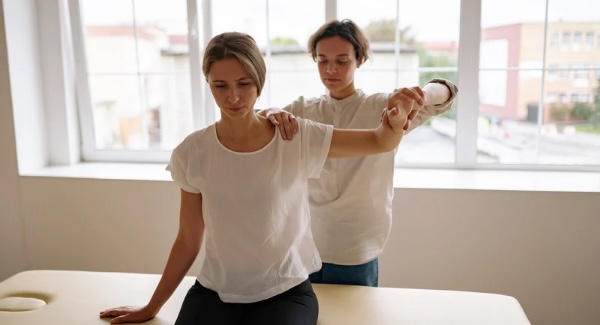
Safety Guidelines and Contraindications
While acupressure is generally safe when performed by qualified practitioners, certain conditions require careful consideration or modified approaches.
Absolute Contraindications
- Active cancer in treatment areas (unless under oncology team supervision)
- Acute infections or inflammatory conditions
- Recent surgery sites (until fully healed)
- Severe cardiovascular conditions without medical clearance
- Pregnancy (first trimester) or high-risk pregnancies without specialist approval
Relative Contraindications (Requiring Modified Approach)
- Osteoporosis or bone fragility conditions
- Blood clotting disorders or anticoagulant medication use
- Varicose veins or thrombosis history
- Diabetes with peripheral neuropathy
- Mental health conditions requiring medication management
Professional Qualification Standards
Seek practitioners with appropriate credentials, including:
- Recognised training from accredited institutions (minimum 150 hours TCM theory and practice)
- Professional membership with bodies such as AACMA (Association of Acupuncture Clinicians and Massage Therapists)
- Current professional indemnity insurance
- Continuing professional development evidence
- Understanding of Western medical contraindications and safety protocols
Integration with Conventional Healthcare
Acupressure increasingly complements conventional medical treatment within NHS trusts and private healthcare facilities across the UK, particularly in pain management, oncology support, and mental health services.
Clinical Integration Examples
- Hospital Settings: Postoperative nausea management and pain relief protocols
- Cancer Care: Chemotherapy side effect management and quality of life improvement
- Maternity Services: Labour preparation and morning sickness relief programmes
- Mental Health Services: Anxiety reduction and stress management support
- Chronic Pain Clinics: Multimodal pain management incorporating acupressure techniques
This integration often combines acupressure with other therapeutic approaches such as deep tissue massage, aromatherapy, and Swedish massage for comprehensive treatment outcomes.
Client Experiences and Treatment Outcomes
"Having suffered from chronic migraines for over a decade, I was sceptical about acupressure. However, after six sessions focusing on specific head and neck points, my migraine frequency decreased by 70%. The treatment is gentle yet incredibly effective, and my practitioner's knowledge of both traditional methods and modern applications gave me complete confidence." — Dr. Rebecca Phillips, Consultant Radiologist, Birmingham
"As a professional footballer, recovery is crucial for my performance. Incorporating acupressure into my routine has dramatically improved my recovery times and reduced muscle tension. The combination with sports massage has been game-changing for managing the physical demands of elite sport." — Marcus Thompson, Professional Footballer, Leeds United Academy
"During chemotherapy treatment, the nausea was overwhelming and traditional antiemetics weren't sufficient. My oncology team recommended acupressure, and the relief was immediate. The P6 point technique became an essential part of my cancer journey, providing both physical relief and emotional comfort." — Helen Martinez, Retired Teacher, Glasgow
"Struggling with anxiety and insomnia following a career change, I discovered acupressure through my GP's recommendation. The combination of specific calming points and the practitioner's holistic approach has restored my sleep patterns and significantly reduced my anxiety levels without medication." — David Chen, Software Engineer, Cambridge
Self-Care and Home Practice Techniques
While professional treatment provides optimal results, certain acupressure techniques can be safely practised at home for ongoing wellness support.
Simple Self-Acupressure Protocols
- Morning Energy Boost: Stimulate ST36 and GV20 points for 1 minute each to enhance alertness and vitality
- Stress Relief Protocol: Apply gentle pressure to LV3 and PC6 during stressful periods for immediate calming effects
- Headache Relief: Use LI4 point stimulation combined with temple massage for tension headache management
- Sleep Preparation: Gentle stimulation of KI3 and HT7 points 30 minutes before bedtime to promote restful sleep
- Digestive Support: ST36 point massage after meals to support healthy digestion
Frequently Asked Questions
How does acupressure differ from acupuncture?
Acupressure uses finger or hand pressure on the same therapeutic points that acupuncture targets with needles. Both therapies operate on TCM principles, but acupressure is non-invasive, requires no special equipment, and can be safely learned for self-care. Acupuncture may provide more intense stimulation for certain conditions, whilst acupressure offers gentler, more accessible treatment suitable for all ages.
How many sessions are typically needed to see results?
Response varies by individual and condition complexity. Acute conditions, such as nausea or headaches, may respond within 1-3 sessions, while chronic conditions typically require 6-12 sessions for significant improvement. Many clients notice some benefits immediately, with cumulative effects developing over several weeks of regular treatment.
Can acupressure be combined with other treatments?
Yes, acupressure integrates safely with most conventional and complementary therapies. It commonly combines with massage therapy, physiotherapy, chiropractic care, and medical treatments. Always inform all healthcare providers about your acupressure treatments to ensure coordinated care and avoid potential interactions.
Is acupressure suitable during pregnancy?
Acupressure can be beneficial during pregnancy when performed by practitioners with specialist training. Certain points are avoided due to potential uterine stimulation effects, particularly in the first trimester. Qualified prenatal acupressure can help with morning sickness, labour preparation, and pregnancy-related discomfort when appropriate safety protocols are followed.
What should I expect to pay for acupressure treatment in the UK?
Professional acupressure treatments typically cost £35-£70 per session, depending on location, practitioner experience, and session duration. London and major cities command higher rates, whilst rural areas may offer more affordable options. Initial consultations may incur a slight cost increase due to the extended assessment time. Many practitioners offer package deals for multiple sessions.
Finding Qualified Acupressure Practitioners in the UK
Selecting appropriately qualified practitioners ensures safe, effective treatment and optimal therapeutic outcomes.
Essential Practitioner Credentials
- Diploma-level training in Traditional Chinese Medicine and acupressure techniques
- Professional body membership and continuing education requirements
- Comprehensive insurance coverage for professional practice
- Understanding of Western medical contraindications and safety protocols
- Clean, professional treatment facilities meeting health and safety standards
- Positive client testimonials and professional references
Treatment Setting Options
Professional acupressure is available through various service delivery models across the UK:
- Integrated Health Clinics: Multidisciplinary settings combining TCM with conventional healthcare
- Specialist TCM Practices: Dedicated Traditional Chinese Medicine clinics offering comprehensive services
- Spa and Wellness Centres: Relaxation-focused environments combining acupressure with other treatments
- Mobile Therapy Services: Convenient home-based treatments with professional portable equipment
- Healthcare Integration Settings: Hospital and clinic-based services supporting medical treatments
Massages Me UK provides access to a carefully vetted network of qualified acupressure practitioners throughout England, Scotland, Wales, and Northern Ireland. Our platform enables you to compare practitioner qualifications, read verified client reviews, understand treatment approaches, and book sessions securely online.
Maximising Your Acupressure Treatment Benefits
Pre-Treatment Preparation
- Maintain regular eating patterns and avoid heavy meals 2 hours before treatment
- Stay adequately hydrated but avoid excessive fluid intake immediately before sessions
- Wear comfortable, loose-fitting clothing allowing easy access to acupoints
- Compile a list of current symptoms, medications, and health concerns
- Arrive relaxed and allow sufficient time to avoid rushing
Post-Treatment Care
- Drink plenty of water to support detoxification processes
- Avoid strenuous exercise for 24 hours following treatment
- Monitor symptom changes and energy level fluctuations
- Practice recommended self-acupressure techniques between sessions
- Maintain open communication with your practitioner about treatment responses
The Future of Acupressure in UK Healthcare
Integration of acupressure within mainstream UK healthcare continues expanding, with increasing research validation and professional recognition supporting its therapeutic value.
Current Development Trends
- NHS pilot programmes incorporating acupressure for chronic pain management
- Medical school curricula including Traditional Chinese Medicine modules
- Research partnerships between TCM institutions and UK universities
- Technology integration for precise acupoint location and treatment monitoring
- Professional regulation development through established healthcare frameworks
Conclusion: Embracing Traditional Wisdom for Modern Wellness
Acupressure massage represents a sophisticated therapeutic approach that successfully bridges ancient healing wisdom with contemporary healthcare understanding. Through its non-invasive methodology and evidence-based applications, it offers UK residents a valuable tool for managing stress, alleviating pain, and enhancing overall wellbeing.
The key to successful acupressure treatment lies in working with qualified practitioners who understand both traditional TCM principles and modern safety protocols. When integrated thoughtfully into comprehensive healthcare plans, acupressure provides measurable benefits for both acute and chronic conditions, while supporting the body's natural healing mechanisms.
Whether seeking relief from specific symptoms or pursuing general wellness maintenance, acupressure offers a gentle yet effective pathway to improved health. Through platforms like Massages Me UK, accessing qualified practitioners and beginning your acupressure journey has never been more straightforward or convenient.
Begin Your Acupressure Wellness Journey
Discover the transformative benefits of professional acupressure massage by connecting with qualified TCM practitioners through Massages Me UK. Our comprehensive platform features experienced male massage therapists and female massage therapists specialising in acupressure and other Traditional Chinese Medicine modalities throughout the United Kingdom.
Simply enter your postcode to explore available practitioners, compare qualifications and specialisations, read verified client experiences, and book your personalised acupressure treatment with complete confidence. Your journey towards enhanced wellness through traditional Chinese healing begins with a single appointment.
